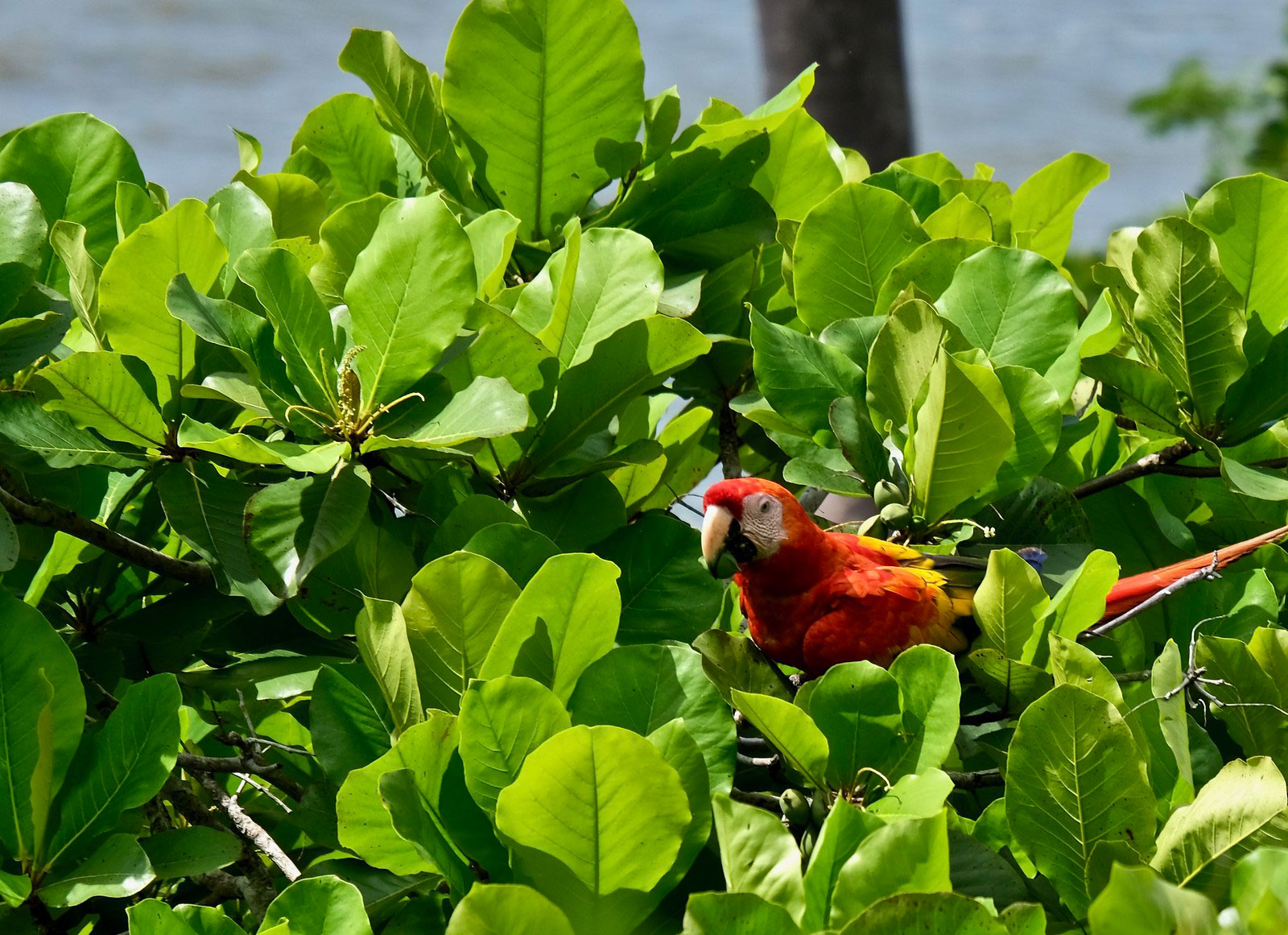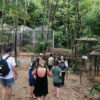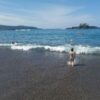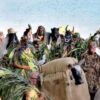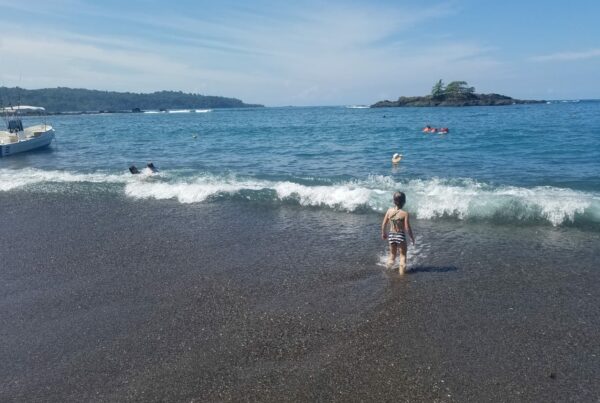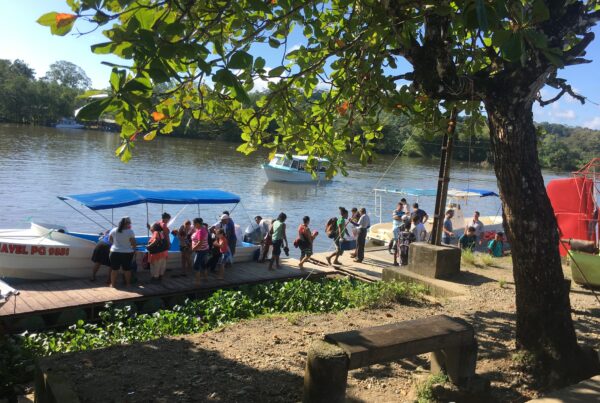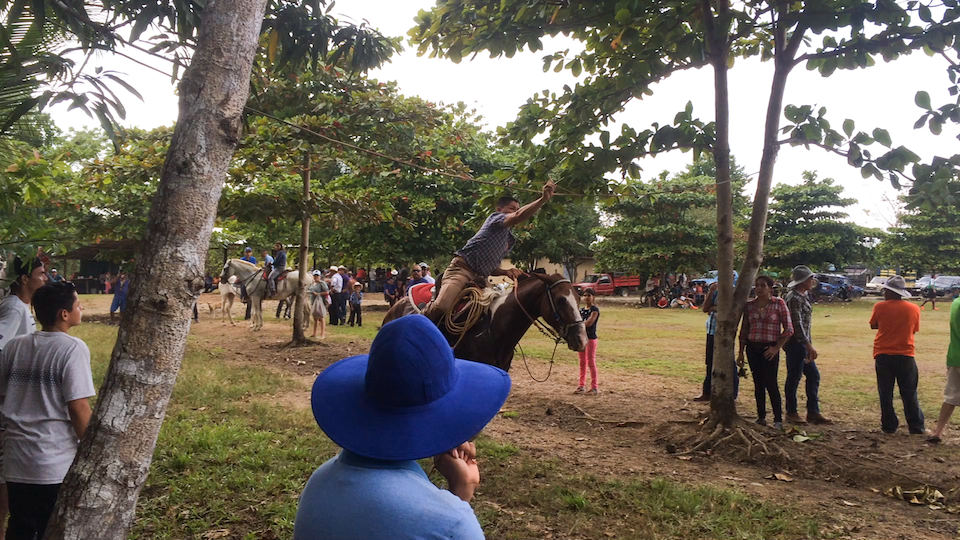While the Pacific coast beaches of Central America are just as beautiful as the highly visited beaches on the Caribbean coast, they are typically much more dangerous. Most people who visit Costa Rica plan on spending some time relaxing on the sandy shores of a tropical paradise and engaging in some sort of water-related activity, whether snorkeling, rafting, kayaking, swimming, or boating. But unfortunately, water-related accidents are the second leading cause of accidental death in Costa Rica. Drowning is the third leading cause of death for tourists worldwide, behind medical reasons and car accidents, and Costa Rica has become the most dangerous place in Latin America for beach-goers. The attractive warm waters combined with the lack of lifeguards and dangerous rip-currents contribute to these troubling statistics. Knowing the risk factors and how to stay safe near the waters of Costa Rica can save future tourists from becoming statistics themselves. Always ask locals if the beach has any particular hazards like rip currents, rocks, etc. Some beaches are great for swimming while others may be better for surfing.
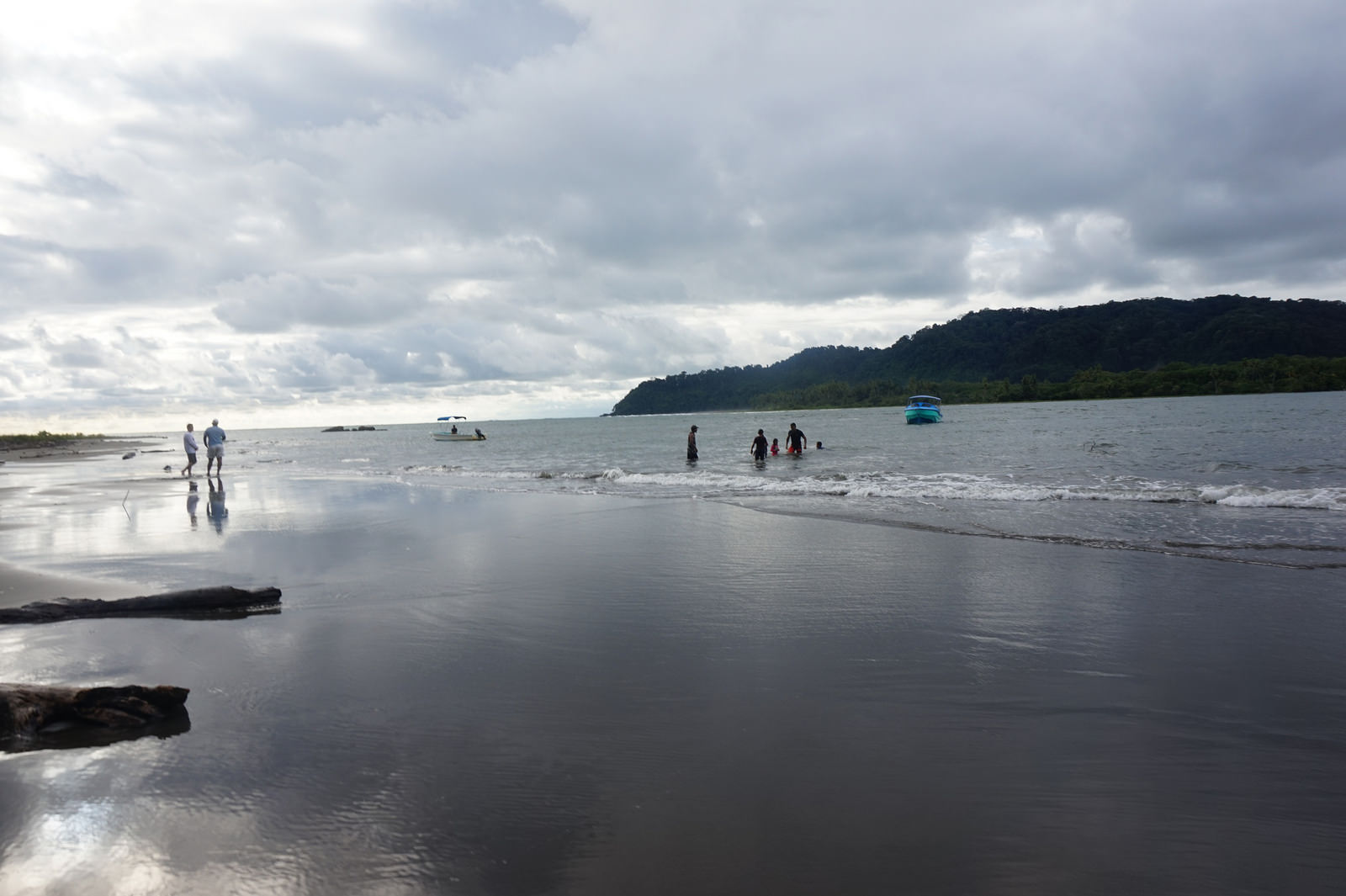
The Pacific shores of Costa Rica are known for their deadly rip-currents, which claim the most victims in water-related accidents. Most drowning victims are tourists under the age of 25 at beaches without lifeguards, but everyone who chooses to swim should know the risks and follow these precautions:
- Always ask about the local beach and ocean conditions. The best sources of information are the people that live in the area, especially experienced surfers, lifeguards, tour guides, hotel/restaurant staff, savvy ocean locals. Be aware that Costa Rican tourists also drown frequently and may not know the hazards.
- Some questions to ask are: Is it safe to swim (or surf) at that beach? Which part of the beach is safe? Which tides are best to swim (or surf)? Are the ocean conditions good right now to swim (or surf)? Are there are hidden rocks or rip currents to be aware of?
- Be cautious if you swim at Casa Roja, and always inform our caretaker before you go in the river or ocean. He will tell you where and when it’s safest, as conditions change with tide and weather.
- Understand that only a few beaches in the country have lifeguards, and there are not enough staff for the country’s hundreds of beaches. If you decide to enter the water, know how to save yourself.
- Look for warning signs along beaches with known rip currents – don’t swim there.
- Never attempt to cross large rivers, river mouths, and estuaries. Don’t attempt to swim across any river and use caution when walking across streams.
- Know what to do if you are caught in a rip-current: stay calm and swim parallel to the beach to get out of the current. Do not exhaust yourself trying to fight the current back to the beach.
- Estuaries and inland waters are also dangerous, especially rivers and waterfalls due to currents, slippery rocks, crocodiles, and other animals. Drowning cases have been reported while swimming under strong waterfalls, jumping into rivers without checking the depth or rocks, or getting caught on river flashfloods. Look to local knowledge to learn about the correct times and places to enjoy river activities safely.
- Never swim alone and keep a close eye on everyone else in your party while near water.
- Don’t swim while drunk – consuming alcohol can increase your risk of drowning.
- Know your physical limits and don’t overexert yourself in hot, humid weather.
- Don’t assume a waterway is safe to swim in, even if it looks calm or was safe earlier. Changing conditions can make a beach safe one day, and very dangerous another. Also, some beaches can be deceiving and look safe when they are not.
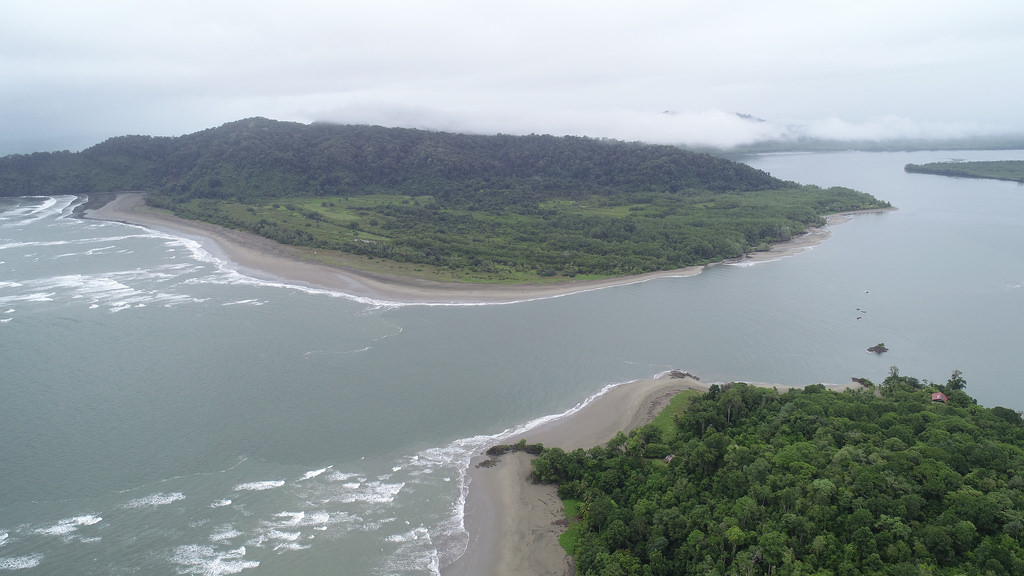
While all shorelines on the Pacific coast of Costa Rica have proven to be dangerous, the safest beaches include: Drake, Zancudo, Playa Hermosa (Guanacaste), Mantas and Playa Blanca (Punta Leona), Ocotal, Potrero, Cuajiniquil, and Coco. Some of the most dangerous beaches on the south Pacific coast include: Jacó, Playa Hermosa (Puntarenas), Bejuco, Dominical, Esterillos and Manuel Antonio.


